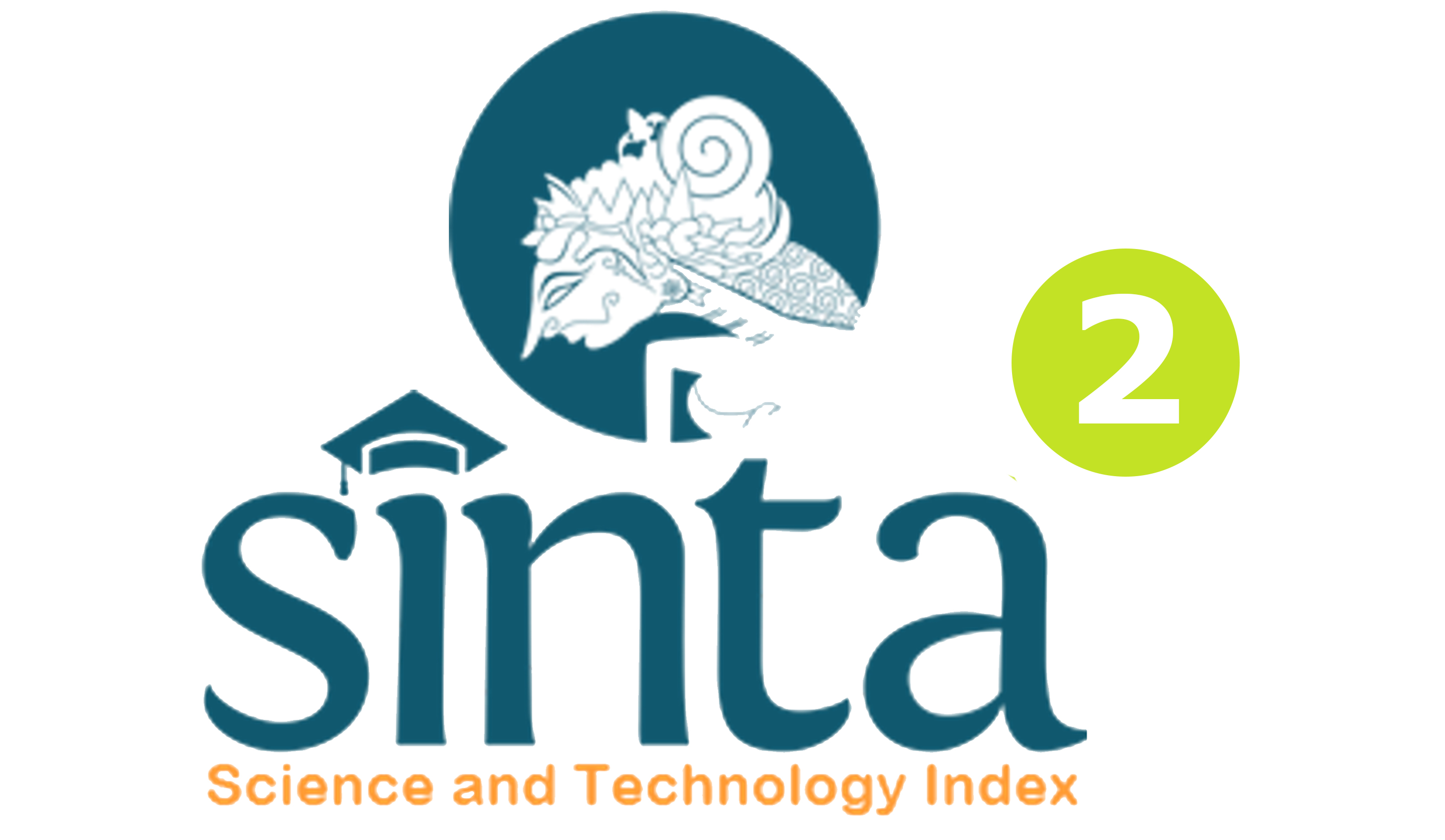Effectiveness of Behavioral Counseling Model of Modeling Techniques for Developing Self Exhibition
DOI:
https://doi.org/10.23887/128172017Keywords:
behavioral counseling, self exhibition, lesson study.Abstract
This research conducted at SMA LAB Undiksha Singaraja. The type that is "experimental" research with the research design is Group yaitu Control Group Pretes-Postest Group. This study aims to determine the effectiveness of modeling model of behavioral counseling model through lesson study in developing "self exhibition" of students in the eleventh grade of social class at SMA Lab Undiksha Singaraja. The dependent variable in this research is Self Exhibition, while the independent variable is behavioral cognitive counseling with self management strategy by considering the moderator variable in the form of the birth order of the students. This study uses data collection methods such as observation, questionnaires, interviews and diaries. The results of this study are students of the eleventh grade of social class at SMA Lab Undiksha Singaraja, showing symptoms of low self-exhibition and behavioral counseling model using modeling techniques have proven effective in developing self-exhibition students.References
Dharsana, Ketut. (2013). Modul Teori-Teori Konseling. Singaraja: Jurusan Bimbingan Konseling, FIP UNDIKSHA
-------. (2014). Model-Model Teori, Teknik, Skill Bimbingan Konseling untuk Penulisan RPBK, Proposal, Sripsi, Tesis. Singaraja: BK FIP UNDIKSHA
Sukardi. (2012). Metodelogi Penelitian Pendidikan Kompetensi dan Praktiknya. Jakarta: PT Bumi Aksara
Aguiton, C., Cardon, D., Castelain, A., Fremaux, P., Granjon, F., Nepote, C., … Ziemlicki, C. (2009). Does showing off help to make friends? Experimenting a sociological game on self-exhibition and social networks. Artificial Intelligence, 38–40. Retrieved from charles.nepote@fing.org%0A
Cogo, A., & Dewey, M. (2006). Efficiency in ELF Communication: From Pragmatic Motives to Lexico-Grammatical Innovation. Nordic Journal of English Studies, 5(2), 59–93. Retrieved from http://ub016045.ub.gu.se/ojs/index.php/njes/article/viewFile/65/69
Cova, B., & Pace, S. (2006). Brand community of convenience products: new forms of customer empowerment – the case “my Nutella The Community.” European Journal of Marketing, 40(9/10), 1087–1105. https://doi.org/10.1108/03090560610681023
Friedman, H. S., & Miller-Herringer, T. (1991). Nonverbal display of emotion in public and in private: self-monitoring, personality, and expressive cues. Journal of Personality and Social Psychology, 61(5), 766–775. https://doi.org/10.1037/0022-3514.61.5.766
Lotte, F., & Renard, Y. (2008). Self-Paced Brain-Computer Interaction with Virtual Worlds : A Quantitative and Qualitative Study “ Out of the Lab .” Applied Sciences, 3–8. Retrieved from https://hal.archives-ouvertes.fr/file/index/docid/304340/filename/bci-wtc08.pdf
ML Hamilton. (2002). The Fourth International Conference on Self-Study of Teacher Education Practices Making a Difference in Teacher Education Through Self-Study Volume 1 Table of Contents Volume 1, 1, 1–114. Retrieved from https://s3.amazonaws.com/academia.edu.documents/46380785/Exploring_the_Concept_of_Dialogue_in_the20160610-508-eok9hj.pdf?AWSAccessKeyId=AKIAIWOWYYGZ2Y53UL3A&Expires=1512377627&Signature=91PSccND9cwUWbCd%2Fa4X%2BiWNAB4%3D&response-content-disposition=inline%3B filename%3DExploring_the_Concept_of_Dialogue_in_the.pdf
Nielsen, M., & Dissanayake, C. (2004). Pretend play, mirror self-recognition and imitation: A longitudinal investigation through the second year. Infant Behavior and Development, 27(3), 342–365. https://doi.org/10.1016/j.infbeh.2003.12.006
Salmi, H., Vainikainen, M. P., & Thuneberg, H. (2015). Mathematical thinking skills, self-concept and learning outcomes of 12-year-olds visiting a mathematics science centre exhibition in Latvia and Sweden. Journal of Science Communication, 14(4), 1–19. Retrieved from https://jcom.sissa.it/sites/default/files/documents/JCOM_1404_2015_A03.pdf
Zhao, X., Salehi, N., & Naranjit, S. (2013). The many faces of Facebook: Experiencing social media as performance, exhibition, and personal archive. Proceedings of the …, 1–10. https://doi.org/10.1145/2470654.2470656









